culture, japanese festival
What are Hina Dolls? A Guide to Japan’s Hinamatsuri
Kim Kahan
Posted on February 08, 2022
Share:
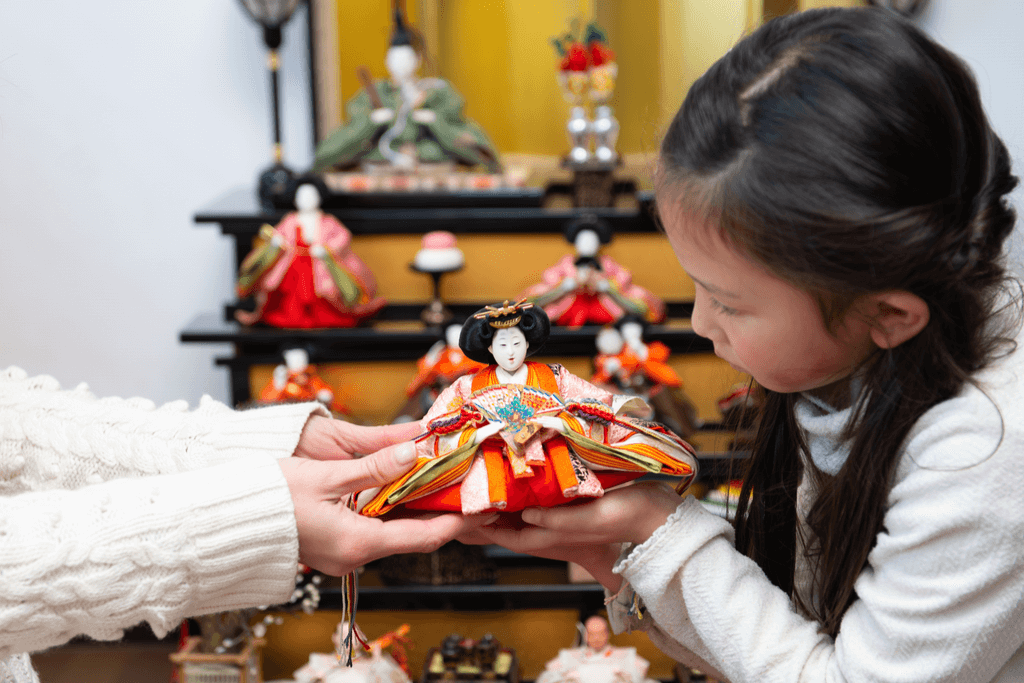
Otherwise known as Girls’ Day, or ‘Hina Matsuri’ in Japanese, the colorful festival Dolls’ Festival has been celebrated on March 3rd every year since the Heian Period (794-1192). A large part of this festival are a set of small dolls made to protect young girls in the family, called Hina Dolls.
Let’s take a look at these iconic dolls, sold throughout Japan in the time leading up to Girls’ Day.
Origins of the Dolls’ Festival
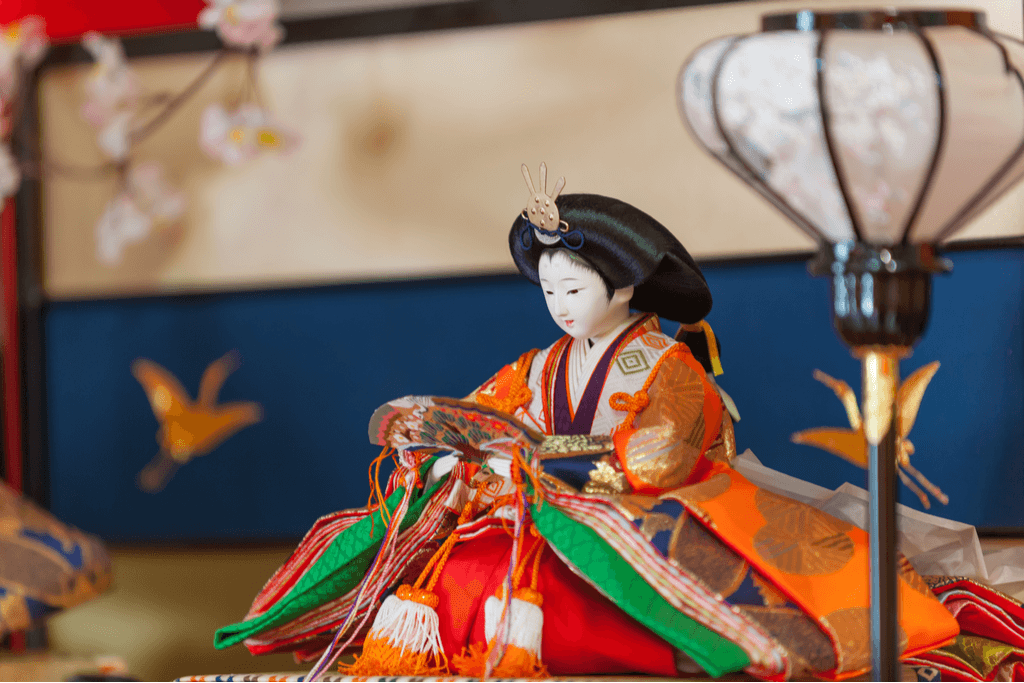
It is widely believed that the Dolls’ Festival is taken from a Chinese doll festival in which dolls are floated down a river, to carry away girls’ bad luck and misfortune. In the past it was also called ‘peach season festival.’
This was then mixed with hina-asobi, which means ‘playing with dolls.’ Court ladies and aristocrats’ children often played with paper dolls. The years went on and gradually this took on the nuance of being able to carry away misfortune if they were floated down the river on 3rd March (the 3rd day of the 3rd month). This custom spread across Japan, and soon every household started to make their own dolls for the festival on March 3rd each year.
By the Edo Period, it evolved to mean that displaying a set of dolls would protect the girls of the house, by absorbing any misfortune and taking away bad luck. In some ways, it is similar to other Japanese good luck charms, except that it absorbs bad luck. Nowadays, families buy and display these doll sets in their home for the same reason.
Need some snacks to help celebrate some Japanese holidays in your home country? Check out Sakuraco! Sakuraco sends traditional Japanese snacks, teas, sweets, and tableware from local makers straight to your home, so you can celebrate Dolls’ Festival, Hanami, and more!
Types of Hina Dolls
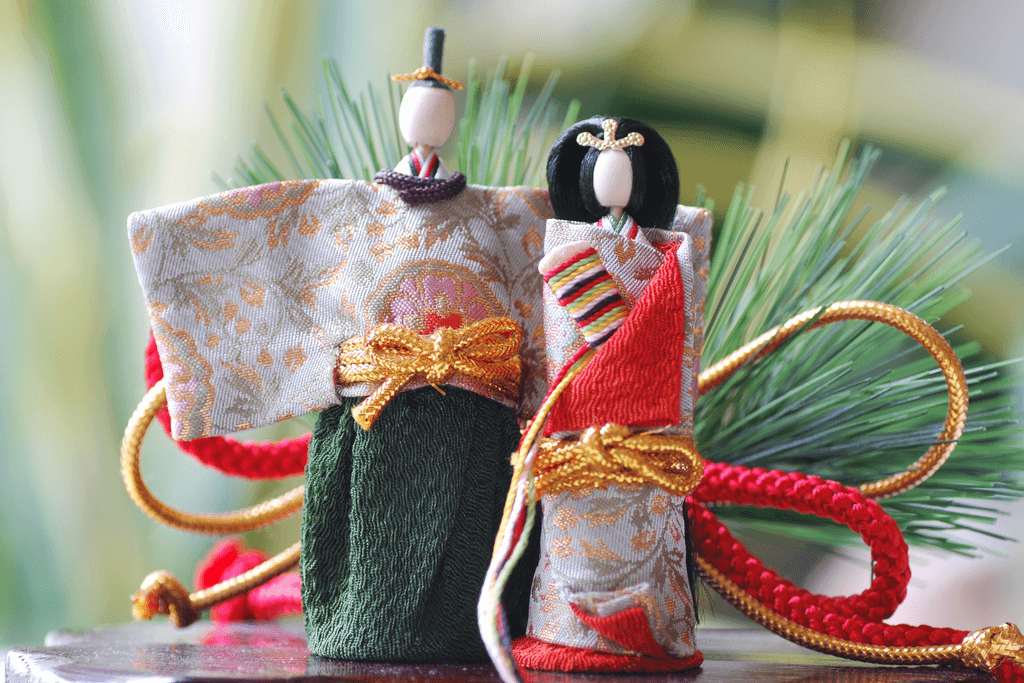
When the custom first began in the Heian Period, the Japanese Hina dolls were made of paper or straw, but by the Edo Period, this had changed from paper to ceramic.
The most basic (the ones you can buy in the 100 yen shops) dolls consist of a couple of tiers, covered or lined with a red or pink ‘carpet’ and a set of boy and girl dolls holding a fan on the top, in ceremonial dress. This is often accompanied by pink, white, and green decorations.
In more elaborate hina doll sets, what is included really depends on the area – Tokyo, for instance, is different from Kyoto. Kyoto dolls have a fireplace or kitchen included in the set whereas Tokyo or Kanto ones don’t.
Hina dolls from department stores have between a two to seven- tier set, and often each layer doubles as a drawer, containing both the Hina Dolls and Dolls’ Festival snacks. Seven-tier sets can be quite expensive, but are often beautifully made.
The Meaning Behind the Hina Dolls
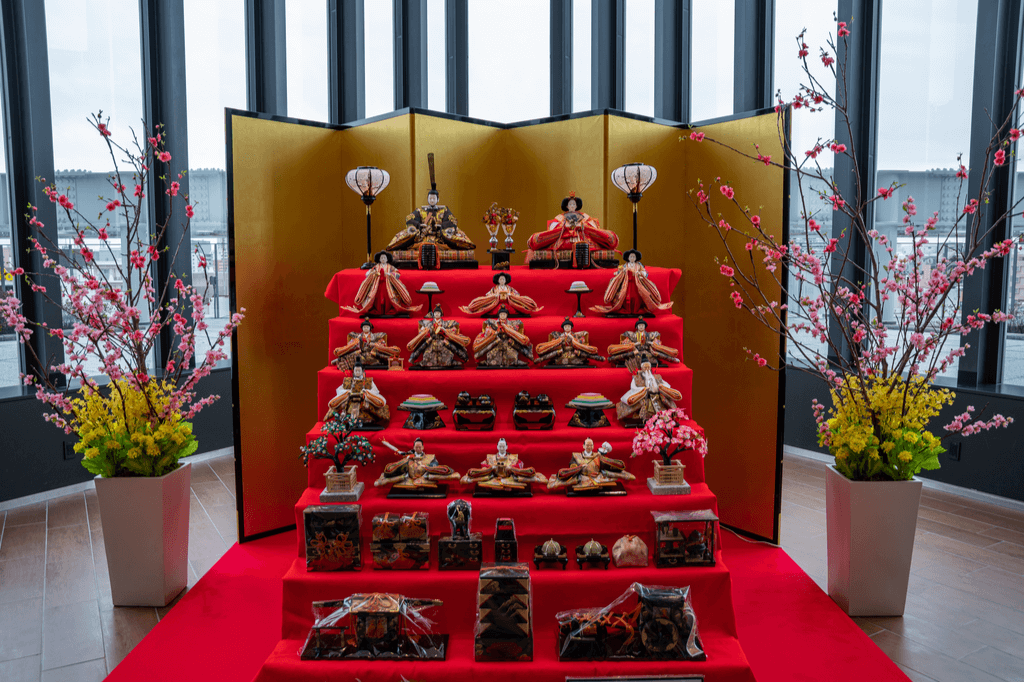
The highest amount of tiers is seven, and each layer has a different meaning:
- The Prince and Princess: These two are the main feature and, therefore, will always be included in a Hina Dolls set. In fact, without them, you can’t call it a Hina set.
- San-nin Kanjo (three servants): These servants, or ‘clever maidens,’ are said to serve the prince and princess at the top. Each one carries a designated implement: a ladle, a platter, and a sake bottle.
- Go-nin Bayashi (five boy musicians): These young musicians are said to play Noh (a traditional Japanese stagecraft) music for the prince and princess, each playing a different instrument.
- Sui-jin (two guardians): The guardians are a young man and an old man, depicted as samurai in some editions or as government ministers in others.
- Shi-cho (three other servants): These servants are said to do the chores, and are often carrying brushes, rakes, and dustpans. However, in certain locations, they hold equipment common to samurai, but they are still considered servants.
- Other miscellaneous layers: These layers are added to make up to the lucky number seven, and may contain decorations such as mini drawers and other furniture-like objects. Recently, newer sets can include miniature versions of more common traditional Japanese items like Japanese instruments or outdoor tea ceremonies.
Some hina dolls are incredibly expensive and can cost thousands of dollars, with the emperor and empress having their own imperial dolls. Some families even invest in their dolls, adding a small ornament each year.
How to Celebrate Doll’s Festival
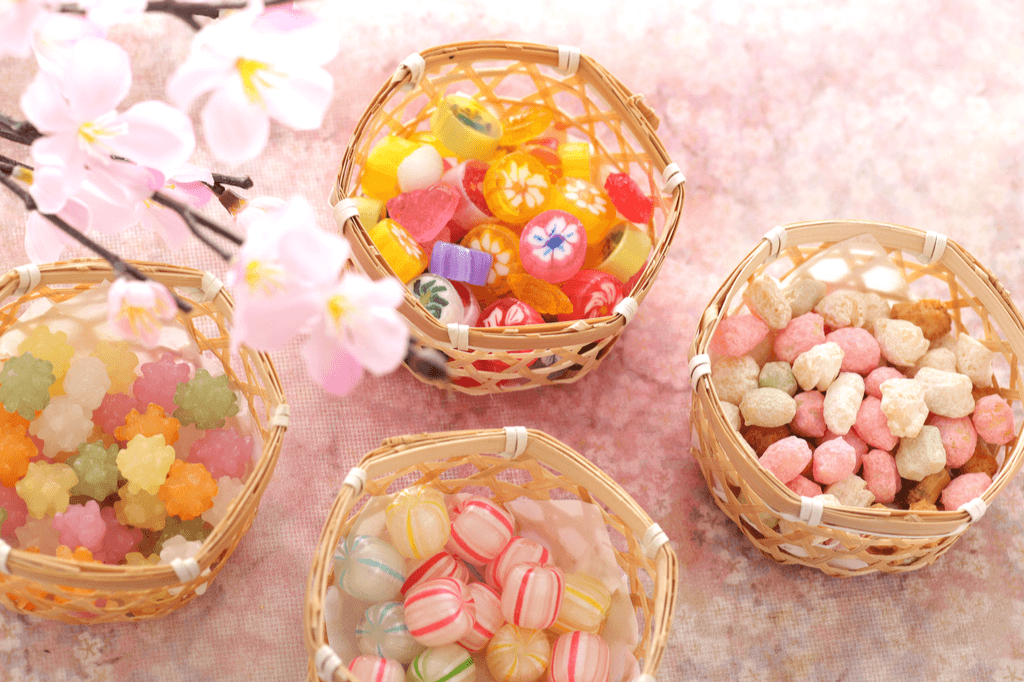
While the tradition to float dolls down the river has more or less died out, there are still a few shrines where you can watch the doll floating ceremony on 3rd March.
Hina Dolls sets are displayed from mid/late February to 4th March, when they must be taken down, as they have absorbed the bad spirits and misfortune for the coming year.
As well as displaying the dolls set, families might display real or fake peach blossoms, too.
On the day, there is nothing special to do, except eat hina matsuri foods. Many local ward offices, community centers and schools will make decorations and have a gathering or small party to eat the foods and have fun on 3rd March.
The traditional colors for the Hina Dolls Festival are green (for Spring), pink (Summer), yellow (Fall) and white (Winter). These colors are symbolized in the different types of Japanese spring treats that people enjoy on this holiday. Special kinds of arare (puffed rice crackers), mochi (pounded rice cakes), and sushi are popular choices for the holiday. Arare in particular is an important part of the holiday as people use them for decorating their Hina doll sets.
The Dolls’ Festival is a lovely way to celebrate everyone’s health, especially those of any young girls in your life. We recommend going to check out the dolls and maybe even getting some for yourself too! You can easily build up your collection of dolls year after year.

Discover authentic flavors with Sakuraco
Get Sakuraco 

Discover authentic flavors with Sakuraco
Get Sakuraco 
Related Articles

Okinawa City is Home to Southeast Botanical Gardens!
The Southeast Botanical Gardens in Okinawa are one of the island’s most beautiful and relaxing destinations. In Okinawa City, they offer a lush escape filled with tropical plants, ponds, animals, and seasonal displays.

Mount Fuji Tour: Great Adventures Await You This Summer!
Mount Fuji is one of the most famous landmarks in Japan. People worldwide visit to see its beauty and enjoy exciting yearly outdoor activities!

Mikoshi: Why Are These Portable Shrines So Important?
Japan’s summer festivals are known for their energy, color, and tradition. And at the heart of many lies the mikoshi.

Takachiho Gorge and More Natural Wonders from Kyushu
Kyushu is the southernmost main island in the Japanese archipelago. It is most well-known for its food, but is less famous for its natural beauty. The island contains many landscapes, including serene waters, soothing hot springs, and dramatic rock formations like Takachiho Gorge.



